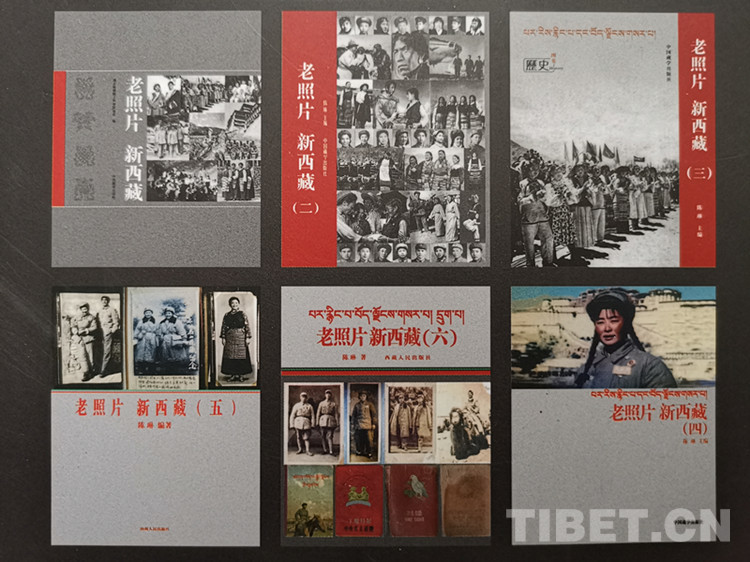Visiting the Sichuan Ngawa Xiangzang Art School
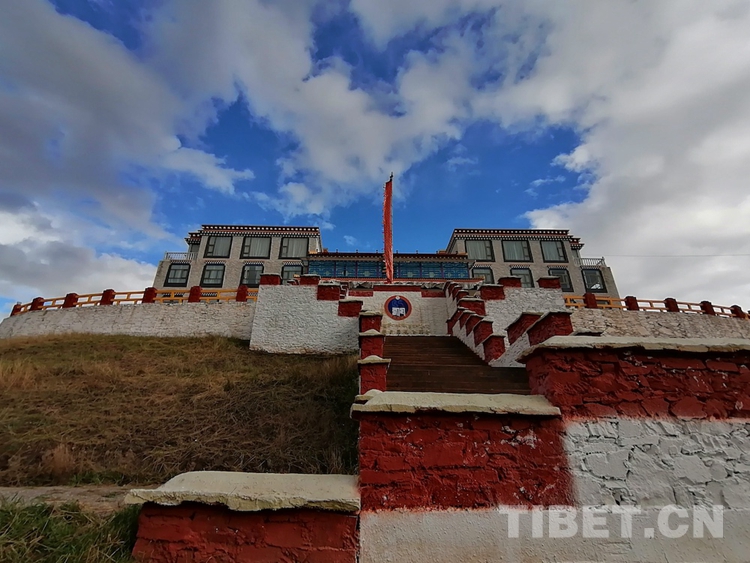
The Xiangzang Art School in Songpan County, Ngawa Tibetan Autonomous Prefecture, southwest China’s Sichuan Province.
The Xiangzang Art School in Songpan County was established on September 17, 2018 in Mayi Village, Shanba Township, Ngawa Tibetan Autonomous Prefecture, southwest China’s Sichuan Province.
It is a non-profit public welfare school founded by the famous thangka artist Trizeng Rabten.
It took six years from the start of planning to the completion of the project. For Trizeng Rabten, who grew up in Mayi Village, the intention of establishing such a school was to turn thangka art into a cultural industry in his hometown and benefit the local people.
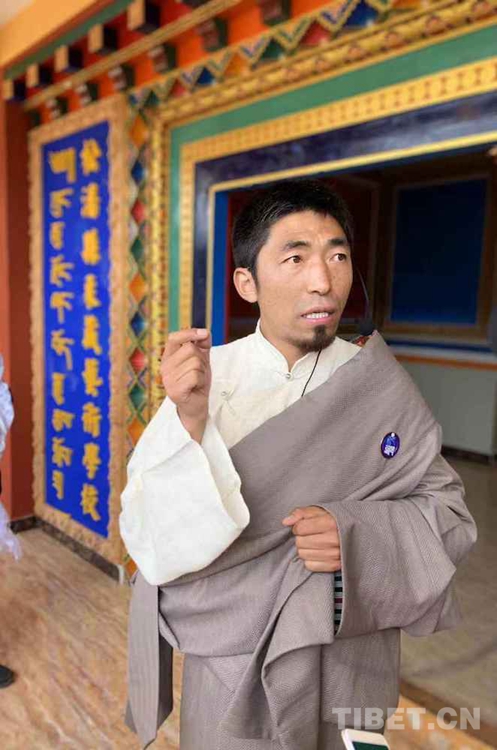
The thangka artist Trizeng Rabten.
Trizeng Rabten started painting as a hobby. He first studied the techniques of the Karma Kachi Thangka Painting School at the Sichuan Province Tibetan School.
Later, he studied techniques of the Mian Tang School at the Regong Wutunxia Temple in Qinghai.
In order to learn the Mian Tang style of painting more systematically, since 2007, Trizeng Rabten has studied thangka painting theory and techniques in Lhasa with thangka artist Tsetan Namgyal and Tibet University professor Tenpa Rabten.
In 2012, he founded the Xiangzang Thangka Art Center in Lhasa, named “Xiangzang” because in Trizeng Rabten’s view, in order to learn about Tibetan culture, it is necessary to start from the oldest Shamshung culture.
As of 2017, the Xiangzang Thangka Art Center has trained nearly 100 outstanding thangka artists.
After the completion of the Xiangzang Art School, more than 30 thangka artists from the Xiangzang Thangka Art Center resolutely followed Trizeng Rabten to Songpan.
The most experienced among them has been studying for 14 years, and the newest have been studying for three or four years.
Trizeng Rabten said: “Most of them are able to teach.”
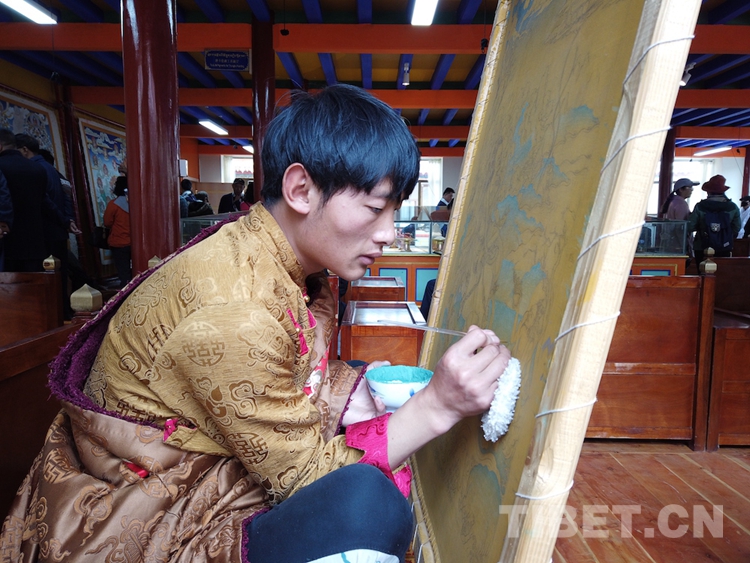
A thangka master at the Xiangzang Art School paints a thangka painting.
According to Trizeng Rabten, the Thangka School of Xiangzang Art School has beginner and intermediate classes.
It also has cultural classes and practice paintings of different thangka styles.
The course is designed with classes in thangka painting, fine art, calligraphy, sculpture, printing, murals, and mineral and plant pigments.
“It is a seven-year program. In the first three years, students study painting theory and scriptures on Buddha statue carving. For the next three years, students study and practice traditional thangka painting and other art techniques. In the final year, they create a graduation piece and write an essay.”
In addition, the school has established cooperative relations with higher education institutions such as Tibet University and the Ngawa Normal College, which provides teacher insurance for the development and inheritance of the school.
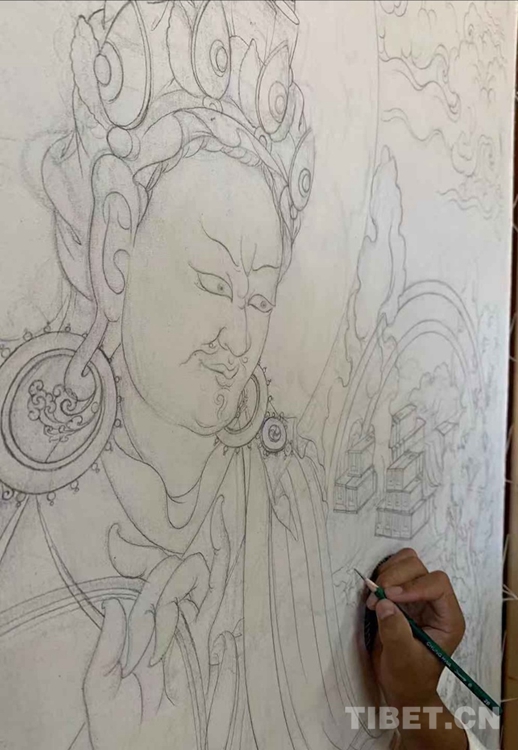
A thangka master at the Xiangzang Art School fills in the outline of a thangka sketch in pencil.
Tibet Stories

A glance at Tibet's largest survey of ancient books
Over 18,000 precious ancient books written in the Tibetan language have been filed for futur...

